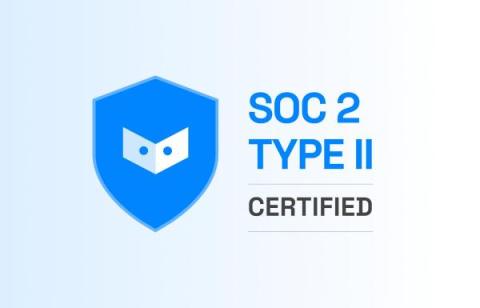Tips for Finding Reliable, High-Quality Flame Resistant Clothing
In the evolving field of safety apparel, advancements in technology and materials are constantly improving the protection and comfort offered to those working in hazardous environments. Yet, not every piece of flame-resistant clothing (FRC) meets the same standards of safety and quality. Certified and tested garments adhere to established safety codes, ensuring your personal protective equipment (PPE) provides the necessary defense against hazards. This guide will highlight key aspects of selecting superior FR clothing and the proper flame resistant clothing maintenance to extend its protective lifespan.











